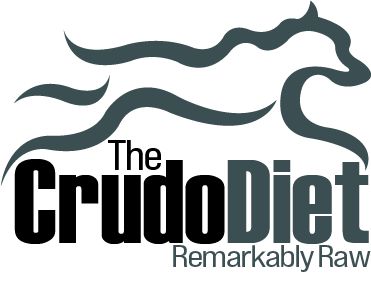Is a Raw Diet Safe for Dogs?
Yes, a properly balanced and well-handled raw diet can be both safe and highly beneficial for dogs. However, like any diet, it requires careful planning to ensure it meets all of your dog's nutritional needs.
How to Ensure a Raw Diet Is Safe:
✅ Follow a Balanced Recipe – Dogs require the right proportions of muscle meat, organs, bones, and (optional) plant matter to get all essential nutrients. An unbalanced diet can lead to deficiencies (e.g., calcium, vitamin D, or omega-3s).
✅ Practice Proper Food Handling – Just like handling raw meat for human meals, store food properly, keep surfaces clean, and prevent cross-contamination to avoid bacterial risks.
✅ Source High-Quality Ingredients – Use human-grade or high-quality raw pet food to reduce the risk of contamination from low-quality meats.
✅ Understand Your Dog’s Unique Needs – Puppies, seniors, and dogs with health conditions may require diet modifications. Consulting a veterinarian or canine nutritionist can help ensure a safe and nutritionally complete plan.
Addressing Common Concerns:
🦠 What about bacteria like Salmonella or E. coli?
Healthy dogs have strong stomach acid designed to handle bacteria in raw meat. Proper handling and sourcing greatly reduce any risks.
⚖️ Will my dog get the right nutrients?
As long as the diet is well-balanced with the right ratios of protein, fat, vitamins, and minerals, raw feeding can be nutritionally superior to processed kibble.
🦴 Can bones be dangerous?
Only raw, edible bones (like chicken necks or beef ribs) should be fed—never cooked bones, which can splinter and cause injury.
Final Thoughts
A raw diet is safe and beneficial when properly formulated and handled with care. By ensuring nutritional balance, good hygiene, and high-quality ingredients, raw feeding can help your dog thrive with improved digestion, energy, and overall health.
👉 Still have questions? Check out our full guide on raw feeding here or explore more FAQs below!
